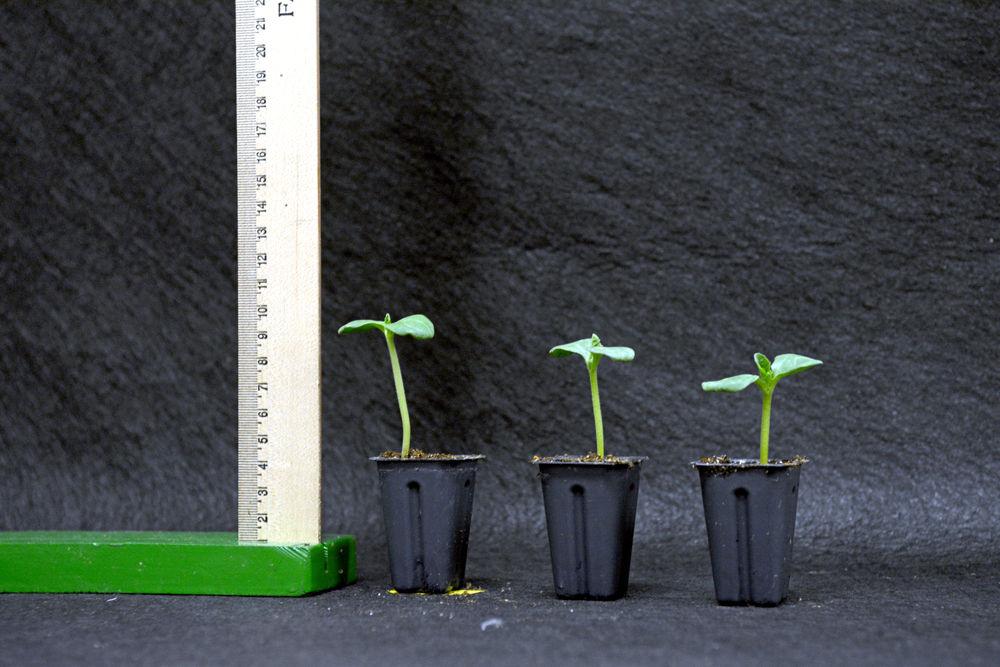A Phytotron is an enclosed greenhouse used for researching relationships between plants and the environment, and NC state hosts one of the largest Phytotron facilities in the country.
The facility has several laboratories for research and to support the growth chambers and green houses. According to Carole Saravitz, the director of the Phytotron facility, the facility has been functional since 1968, and it is continuously being developed. Saravitz said that in the 50 years it has existed, research has been published that works to improve the environment.
“The word Phytotron has two constituents: ‘phyto,’ which stands for plant, and ‘tron’ means instrument,” Saravitz said. “Our Phytotron is one of the largest, possibly even the second largest in the country. Many people claim that they have Phytotrons, but essentially those are only growth chambers. Most of these facilities are not multi-disciplinary or have dedicated staff like us.”
Saravitz said that there were a few updates made to the Phytotron recently which have enhanced the capabilities of the Phytotron.
“We were closed for about nine months to do an energy conservation project,” Saravitz said. “We had a 46-year-old cooling system which needed to be upgraded. All the projects in Phytotron are done mainly by graduate students and postdocs. We also have many undergraduate students working in the facility.”
Bob Patterson, an alumni distinguished professor in the Crop and Soil Sciences department, explained that building a sophisticated Phytotron facility is a challenging task.
“The biggest challenge that any Phytotron faces is getting the quality of light to mimic that of natural light for proper plant growth,” Patterson said. “We study the interactive effect of temperature, light, water, relative humidity, air quality and nutrients. Along with light, maintaining proper relative humidity is also a big challenge.”
Patterson talked about the amount of resources required to maintain the functionality of the Phytotron. He said that the amount a faculty member must pay when conducting research within the facility is comparable to field research.
“Managing the Phytotron and keeping it functional is expensive,” Patterson said. “However, conducting research here is no more expensive than working on a research station in the field. Sometimes weather precludes the possibility of working in the field, and in such a case the technology available in the Phytotron can be used.”
Patterson also said that the Phytotron has allowed researchers to collaborate beyond borders.
“Due to the size of the Phytotron and technology available, we can collaborate with other institutions nationally and internationally,” Patterson said. “We have several scientists coming from different countries visit us to conduct their research in the Phytotron. Sometimes they are on a sabbatical, sometimes they are conducting their postdoctoral research.”
Saravitz spoke about how the facility is used in an abundance of different ways.
“One of our major research projects is an attempt to modify the oil in the seeds of the plant Camelina to make biofuel, something like jet fuels,” Saravitz said. “One of our groups is working on preventing drought of plants by preventing water evaporation. Several groups have worked in this facility for decades. The goal of this facility is to mimic the outside environment for plant growth.”
Saravitz talked about the accessibility of the Phytotron, saying that when students know about the technology, it can give them a better understanding of plant biology, even if they are not in a related academic field.
“Every once in a while, we do have students who want to know about Phytotron,” Saravitz said. “For students in exploratory studies, we have groups come to the Phytotron, which helps them to get an idea about plant biology. We have also had summer camps during which middle school and high school students interact with us and learn more about plant sciences.”
Patterson said that there was no immediate plan to modify or update the Phytotron.
“We are reasonably well-satisfied with our facility that we can trust,” Patterson said. “Of course managing the factors, particularly light, remains a challenge, but we are more well-equipped today than we were in the past. Moreover, we have a wonderful team of scientists, staff persons and students who are passionate about making sure that this Phytotron does what it is supposed to do.”
Students who are interested in learning more about the Phytotron can visit NC State’s Phytotron website.








